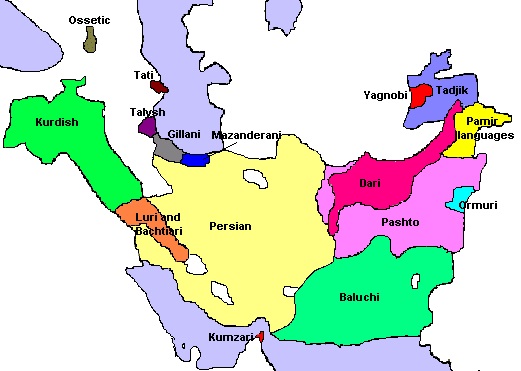Together with a group of faculty and students in the Department of Linguistics at the University of Arizona, we investigate various aspects of Iranian languages. This investigation consists of both descriptive as well as theoretical analyses. The Iranian Linguistics Research team began its work in 2015, supported by an NSF funded grant, and has continued its activities since then. We received an NSF grant for a workshop on Complex Predicates in Iranian Languages in 2019, and a major NSF grant to investigate the syntax, morphology and phonology of five Iranian languages (Balochi, Ossetian, Pashto, Persian, Sorani-Kurdish) in 2019.
The research team has produced:
- Several thousands of hours of linguistic elicitation
- Database consisting of the original interviews conducted on 18 Iranian languages and the transcriptions of the data that are being uploaded to the UA Repository, a university-managed, password-protected data-storage. Public access to the data will be provided when the transfer of data is completed.
- A webpage for the Iranian Linguistics Research Team
- Wikipedia style pages for seven Iranian languages (Baluchi, Gilaki, Mazandarani, Ossetian, Pashto, Sorani, Kurmanji, and Persian) have been created. These pages, consisting of descriptions of cultural and linguistic specifications of these languages, are being uploaded to the webpage of the College of Social and Behavioral Sciences, home of the Department of Linguistics. They are now accessible to the public.
- Several invited presentations as well as conference talks and posters
- A lecture series called Lectures on Iranian Linguistics in Arizona (LILA). This lecture series features a monthly presentation delivered by experts in various areas of Iranian Linguistics from different universities around the globe.
The research team is currently working on transcribing and analyzing the collected data of five Iranian languages, and is preparing several articles to be presented at conferences and submitted to journals.

